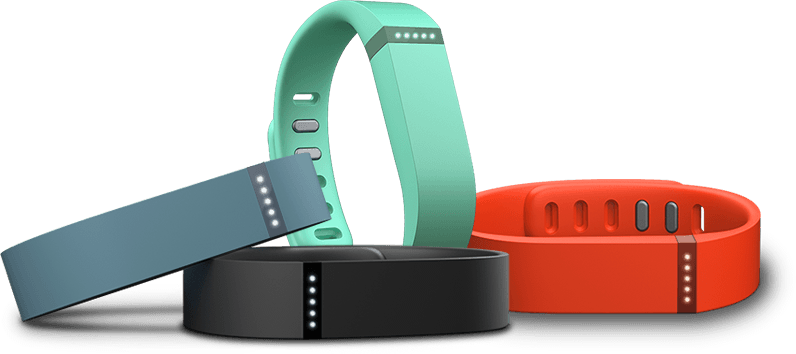Here at Digital Diner, we have talked about our use of Fitbits, the little gadgets that measure your steps. We have now collectively logged over 10 million steps! We also have a WiThings bathroom scale that connect to the network to log one's weight, as well as a blood pressure monitor that helps you track the changes in your blood pressure over time. We also have a Zeo sleep monitor that can tell you whether or not you are getting enough REM sleep and correlate things you do during the day with your quality of sleep. The technology available to consumers to allow us to monitor ourselves is pretty astounding. Currently it is mostly used by athletes, people with chronic illnesses and data geeks, but I expect that these device will continue to grow in popularity. These devices will help us to notice changes in our bodies long before any doctor who sees us for 15 minutes a year could diagnose anything.
So with that in mind, here is what is new as of CES 2013:
The WiThings folks have added a Smart Activity Tracker to add to their bathroom scale and blood pressure monitor line-up. In addition to monitoring your steps (like the Fitbit) it can also be used to track your pulse.
They have also upgraded their bathroom scale to read your pulse and also to measure carbon dioxide. I didn't see that last feature coming. Of course, it still connects via WiFi to wirelessly record your data to help convince to stop eating those doughnuts.
Fitbit isn't standing idly by. They have added a a new activity tracker called the Fitbit Flex that you wear on your wrist. We have had several issues with Fitbits that fall off or go missing. Perhaps having it on your wrist will make it less likely to disappear. Also, unlike the old Fitbits, these sync your data with the Fitbit severs through your smart phone. This is direct competition for the Nike FuelBand which works in a similar way. The Jawbone Up and BodyMedia Fitness Tracker give you even more wrist mounted activity trackers to choose from.
A company called Hapilabs has come up with a novel way to help you manage your food input. They announced a specially instrumented device called the HapiFork that alerts you through flashing LEDs or gentle vibrations if you are eating too fast and need to take a rest.
A company named Masimo has a blood oxygen sensor just like the ones they use in the hospitals, but this one connects to your iPhone or iPad.
The upshot of all this is that their are more and more gadgets to give us regular folks information that used to be strictly available to doctors and hospitals is now available to you directly. In fact, you can now record information about your health that doctors have only dreamed of. It opens the door to a new kind of partnership with your doctor. They have the training and background to diagnose issues, but you have more tools than ever to help show what is happening with your body. I'm convinced that continuous monitoring will open up all sorts of new doors to diagnosing occasional issues. Some of this information will be useful to you and some of it will be useful to your doctor. The biggest problem in the short term is that we are likely to be able to record much more data than is useful and this information glut will likely only serve to obfuscate real issues. Still, I'm convinced that in the long run, the benefits of being able to quantitatively observe yourself will lead to big changes in how we care for ourselves.




No comments:
Post a Comment